Treatment of raspberries from rot
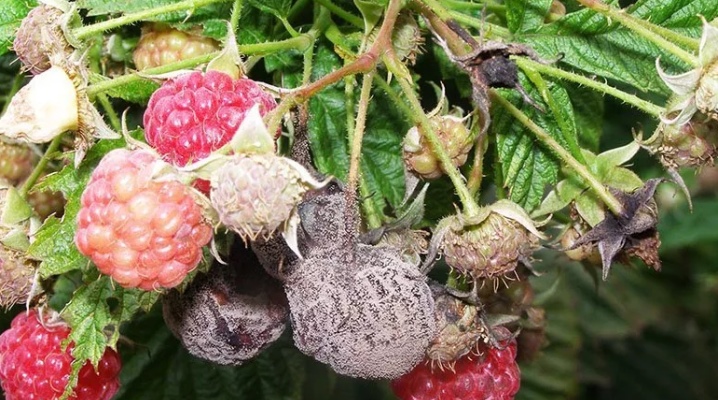
Root and gray rot are serious fungal diseases that very often affect raspberries and other fruit crops in the garden. To help the plant, it is very important to be able to distinguish these diseases from others in time, as well as to know what safe methods of treatment can be used in order not to be left without a crop.
Description of diseases
Gray rot on raspberries usually leads to the death of plants, most often develops on fruits at the beginning of ripening of berries. Brown spots begin to appear on raspberries, the disease proceeds especially quickly in conditions of high humidity. Black-gray or whitish mold may be visible on the berries.
On the leaves, the gray rot looks much the same as on the fruit, but the spots themselves are usually larger and the leaves look like they are rotting.
As for root rot, it often develops in old plants that have not been properly cared for, or in very weakened raspberry bushes. One of the first signs of the disease may be yellowed leaves, slow growth of shoots, a darkening stem and top of the plant.
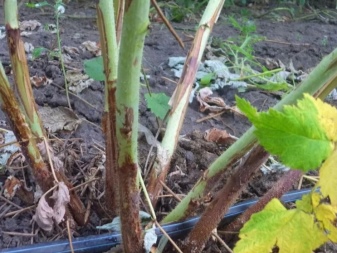
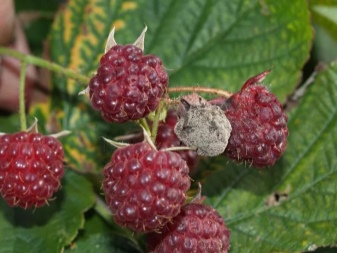
With the progression of the disease and digging up the plant, you can see that its roots have turned brown, and the neck of the bush has begun to gradually collapse.
How can gray rot be treated?
It is very often difficult to fight gray rot, as a rule, folk remedies are powerless here, especially in the active stage of the disease, and therefore, in order to save the crop, you have to use fungicidal (antifungal drugs).
Most often, this disease can be found precisely on fruiting bushes. As a rule, after processing, the crop from the bush will be unusable, it will have to be destroyed. Moreover, the berries are so quickly spoiled by the disease that it is worth getting rid of them even before processing.
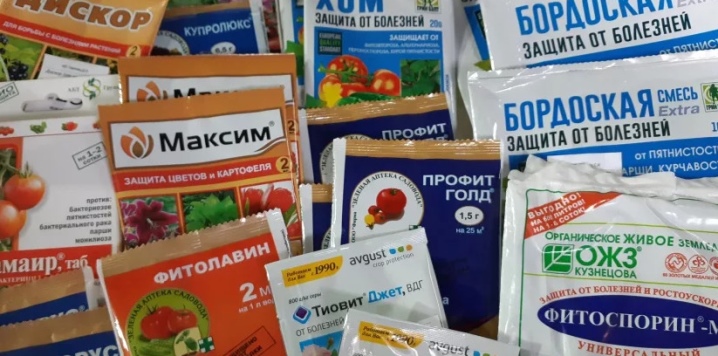
If raspberries are very strongly affected by the disease, then many remedies may be powerless, nothing can be done in this case, experts recommend completely getting rid of the bushes and planting new healthy seedlings.
Ways to deal with root rot
Treatment of root rot is often useless, since the fungus very quickly infects the entire root system of several plant bushes at the same time - in this case, it is pointless to do something, you need to destroy the plants.
Even special means sometimes do not help. However, you can dig up the plants and try to treat them with fungicidal preparations according to the instructions. Of course, it is not always possible to dig up very large plants, but it is quite possible to try to save young seedlings.
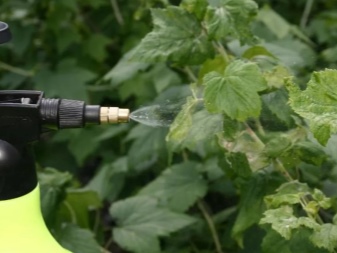
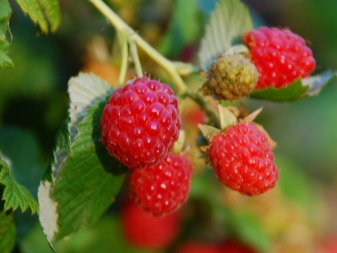
Prevention measures
Typically, fungal spores persist in the soil for a long time, and under suitable conditions can re-infest plants. That is why, after harvesting or completely destroying it, it is important to disinfect the soil.
The most important preventive measure is the purchase and planting of obviously healthy seedlings from trusted gardeners and gardeners. Before planting the plants in the soil, they can be treated with copper sulfate or the roots of the seedlings can be soaked in it (usually 10 liters of pure water is used per 100 grams). The seedlings are soaked for no more than ten minutes, after which they are thoroughly washed with water and prepare for planting.
If lesions have been noticed, do not immediately destroy the entire crop. You can only get rid of the affected bushes.

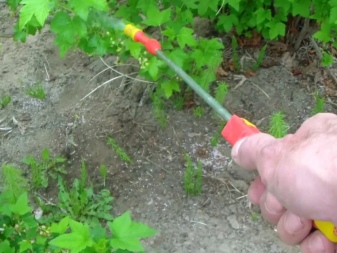
At the beginning of the growing season, it is advisable to do prophylactic treatments, depending on the selected drug, prophylaxis is performed several times with an interval of 7-14 days. From safe means, experts recommend sprinkling raspberry bushes with a Bordeaux mixture.
Also, correct watering can be attributed to preventive measures. It is very important to understand that the main factor in the development of pathogenic fungi is abundant moisture and poor air circulation, especially in a greenhouse. If it rains, there is no need to water the raspberries. Excessive watering of plants very often causes the occurrence of gray and root rot.
For planting, experts advise choosing an area with good soil, preferably one where the plants will be exposed to the sun. It is important not to forget about mulching, which allows the raspberry berries not to come into contact with open ground, thereby avoiding the appearance of mushroom spores on the berries.

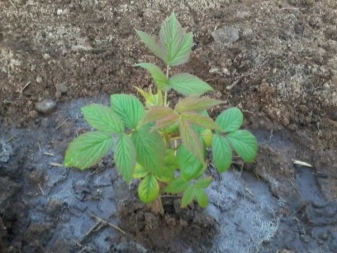
You should not be zealous with nitrogen fertilizers, especially in the spring - they can provoke abundant growth of greenery, and a strong shade on cool days with precipitation is one of the possible factors of the disease.
If in some area there was a strong focus of gray or root rot, and then all bushes with raspberries were destroyed, we do not recommend planting seedlings there for at least 2-3 years.
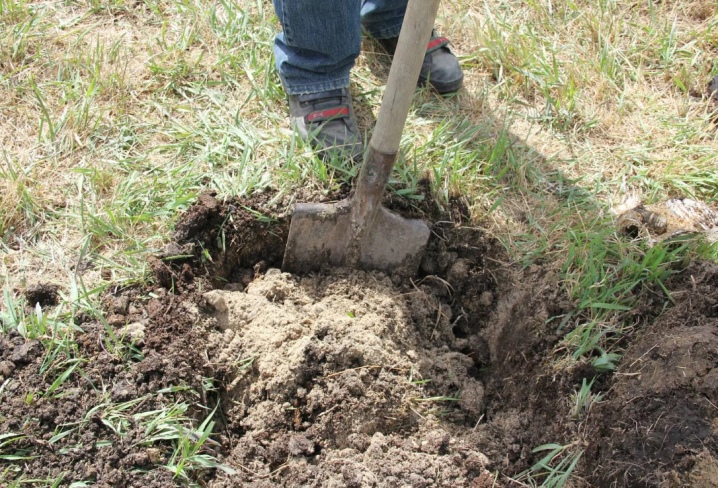













The comment was sent successfully.